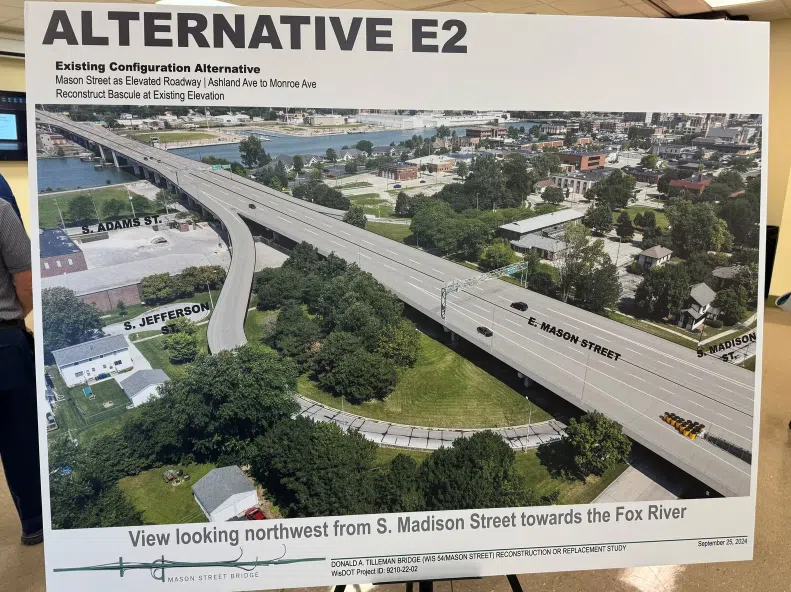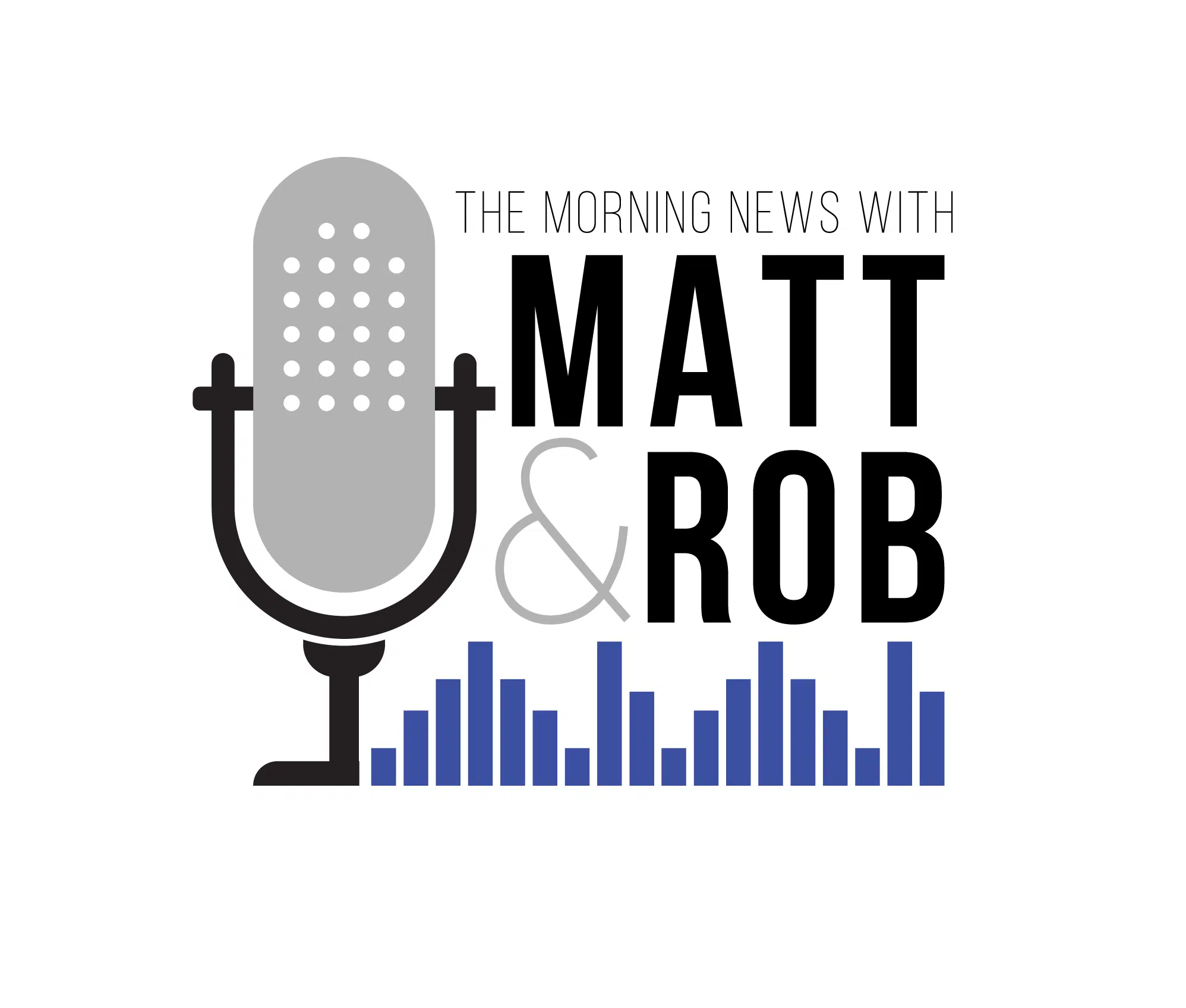GREEN BAY, WI (WTAQ-WLUK) – The Mason Street Bridge in downtown Green Bay is scheduled for reconstruction or replacement in 2032 and state transportation officials unveiled four options for what that could look like Wednesday evening.
The 51-year-old bridge over the Fox River sees an average of 34,200 vehicles a day, according to the Wisconsin Department of Transportation.
Share your thoughts on the project options with the Wisconsin Department of Transportation.
The DOT wants the public’s help in bringing the four options for a future bridge down to one.
WIS DOT: Mason Street Bridge Rehabilitation – Green Bay
“There is so much of it that needs to be completely reconstructed, so a longer bridge is more expensive than an at-grade roadway,” said Bryan Lipke, Planning Project Manager for the DOT.
Lipke says that will likely make the alternative referred to as “E2” the most costly. The “e” stands for existing, as this option most mirrors the current Mason Street Bridge structure. The only difference is it would flip the single lane entry from Broadway to Ashland Avenue to eliminate the safety concern of merging onto the bridge from Ashland.
The other three alternatives are referred to as hybrids of the existing model.
All three hybrid options bring the Mason-Ashland intersection to ground level.
H2 is the option that would have the least elevation, and is the only one that would also lower the portion of the roadway that opens for boat traffic. H2 would also create new at-grade intersections at Adams Street and Monroe Avenue.
H1 would not include a new at-grade intersection at Adams Street.
H3 would not bring any of the intersections to grade level, and the ramps on the east side of the river would remain.
“Dropping elevated roadways to grade increases connectivity, but that connectivity can lead to more traffic,” said Dan Kiernan, a resident of the Astor Park neighborhood, who has concerns about traffic impacts for the area. If they don’t deal with that, it’s going to devalue Astor, it’s going to devalue the historic neighborhood and it’s not going to be helpful.”
Jeff Mirkes, executive director of Downtown Green Bay, Inc, says he sees plenty of opportunity for new developable land if the ramps on the east side are removed.
“We want our downtown to be more pedestrian scale and accessible, but also that this is good decisions for the neighborhoods and the downtown district,” said Mirkes.
Mirkes says his board will likely vote on which option to endorse.
“Early indicators, we like the at-grade level, the opportunity to take streets like Jefferson and Madison and bring them back to two-way streets,” said Mirkes.
DOT officials say early concerns they are hearing are getting from Ashland to Broadway and finding a solution for Howe Elementary School, which would lose its parking lot and playground if the roadway is brought down in that area.
“Getting feedback on those tonight is very helpful because again we’ll work with the city and the Green Bay Area Public Schools to kind of work through the mitigation that we need to do,” said Lipke.
The DOT hopes to have a preferred option by Fall of 2026, with a finalized plan by mid-2028.
Federal and state funding will pay for the project.
The bridge will be shut down for four months for a rehab project starting in December of 2026.
The reconstruction or replacement of the bridge would take one to two years, starting in 2032.






Comments